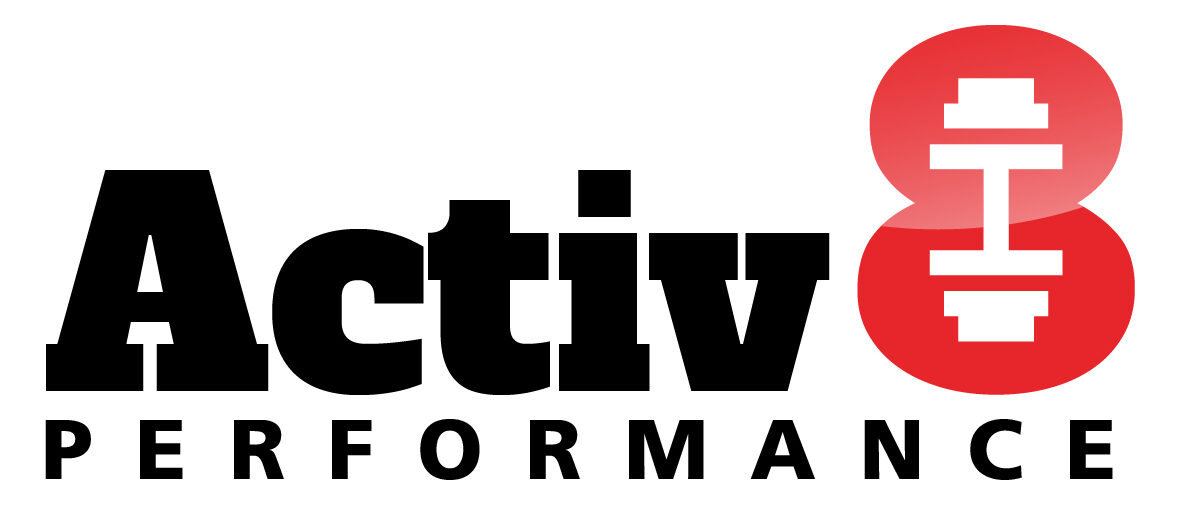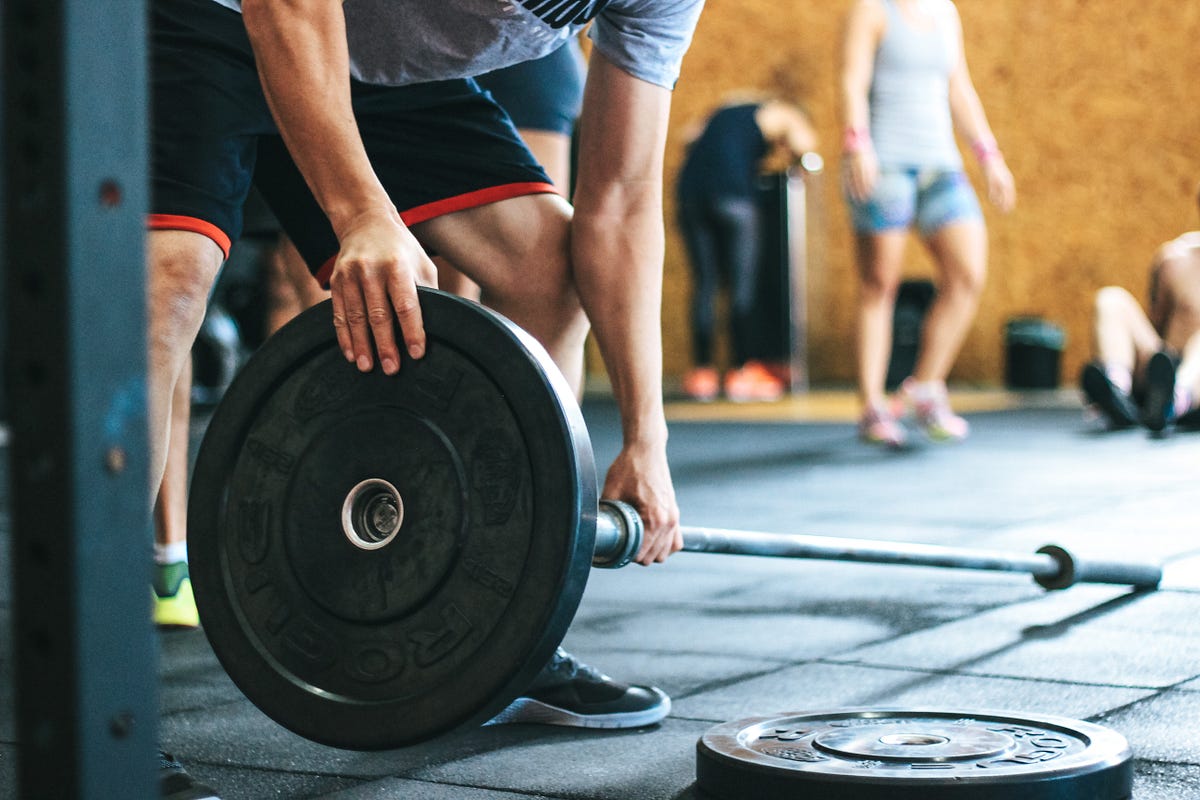The off-season: A period where athletes rebuild, recover, and refocus for the upcoming year. While it’s tempting to dive headfirst into intense workouts, finding the right balance between strength, speed, and conditioning is essential to maximise gains and prevent burnout or injury. As a high performance coach, I’ve studied and observed the nuances of optimal training. Let’s break down how to structure off-season training across a week effectively.
Understand the Purpose of Off-Season Training
The off-season isn’t about pushing to the limits every day; it’s about laying a solid foundation for the season ahead. Here’s what each component achieves:
- Strength Training: This is the period to iron out muscular imbalances, build muscle mass (if required), maintain general strength levels, improve joint stability and tendon strength. Providing the base for further strength/power blocks and other athletic actions during the preseason.
- Speed Sessions: An ideal time to invest time on speed development and clean up sprint mechanics. Limited time during organised team training can make it challenging for coaches to develop specific speed qualities.
- Conditioning: Build aerobic capacity and metabolic efficiency, allowing for better performances and quicker recovery. Setting the athlete up to excel during a gruelling preseason where high-intensity sessions reign supreme. Spend some time on off-feet options to unload joints before running again.
Sample Weekly Breakdown:
Monday:
- Morning: Strength Training (upper body focus)
- Afternoon: Light Conditioning (20-30 minutes of steady-state cardio, e.g., jogging or walking hills)
Tuesday:
- Morning: Speed Session (acceleration)
- Afternoon: Strength Training (lower body focus)
Wednesday:
- Morning: Active Recovery or Rest
- Afternoon: Light Off-Feet Conditioning (20-30 minutes of steady-state cardio, e.g. swimming, cycling etc.)
Thursday:
- Morning: Strength Training (upper body)
- Afternoon: Light-Moderate Conditioning (20-30 minutes of organised games, e.g., basketball, tennis etc.)
Friday:
- Morning: Speed Session (max velocity)
- Afternoon: Active Recovery or Rest
Saturday:
- Morning: Strength Training (lower body)
- Afternoon: Active Recovery (yoga or mobility exercises)
Sunday:
- Rest and Recovery
Principles to Remember:
- Progressive Overload: Gradually increase the intensity, volume, or complexity of workouts over the off-season. This ensures continuous adaptation without overwhelming the body.
- Variability: Rotate exercises every few weeks to prevent plateaus and overuse injuries. For example, swap barbell squats for Bulgarian split squats or barbell bench press for dumbbell bench press.
- Recovery is Key: Always listen to your body. It’s okay to adjust the schedule based on how you feel. Remember, recovery sessions or days are when adaptations occur, and muscles rebuild.
- Nutrition & Hydration: Fuelling appropriately is just as important as the workouts themselves. Ensure a balanced intake of proteins, carbohydrates, fats, and stay hydrated, especially during the warmer months.
- Consult Professionals: Its encouraged to consult with a experienced coaches or physiotherapist to ensure the exercises and intensities are suitable for your specific needs and goals.
In conclusion, the off-season is a golden opportunity to refine, rebuild, and re-energise. Athletes tend to over-reach or under train during this time of year, lean on the side of caution, its not time to find one’s 1RM. By strategically balancing strength, speed, and conditioning sessions, athletes can step into the new season more robust, faster, and more resilient than ever.



